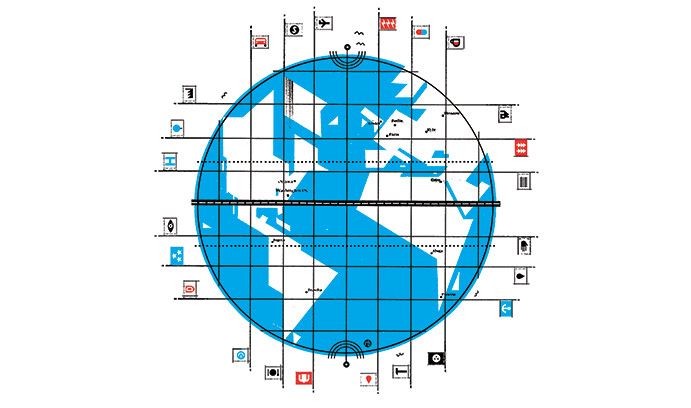ABCs, 123s – and Geometry

Education in American is at a crossroads. Lehigh's commitment to innovative research and focus on applying research to practice allow College of Education faculty to help shape education and mental-health policy across the nation.
In preschool, children learn to recite their ABCs and 123s, share toys and interact well with others. While important skills, there’s something often missing: shapes and spatial thinking. By leaving those math topics out, teachers may miss a learning window.
“Many people don’t think about preschoolers and geometry, but research suggests children’s knowledge of shapes solidifies around 6 years of age,” says Robin Hojnoski, associate professor of Education and Human Services. “So these early years are the best time to intervene and build a rich and varied knowledge base.”
Many preschool curricula focus heavily on play, she says. “[Italian physician and educator] Maria Montessori believed strongly in children’s ability to think mathematically, and she designed materials to support that learning,” Hojnoski says. “We’ve gone away from that focus and pay less attention to meaningful work that cultivates deep knowledge.”
To enrich the preschool math curriculum and classroom experience, Hojnoski is working with preschool teachers to implement strategies to increase mathematical focus in learning and activity stations, or centers. Her research builds on her work in mathematical development, but takes it in a slightly different direction.
Last year, Hojnoski and her research team worked with the same classrooms in Donegan Elementary School as part of SPARK, which is the Bethlehem Area School District Preschool Program, and provided small group number and counting activities for the children in center time.
This year they will work with the same program, but they will concentrate more on geometry and spatial thinking, she says.
To incorporate their strategies, they are increasing the mathematical focus in existing activities as opposed to adding new “centers.”
“For example, if a child is working in the block area and we strategically place materials, such as solid cylinders, tunnels, triangular prisms and pyramids in that area, the child will have a different experience and one that is more mathematical.
"Of course, teachers also will focus on mathematical vocabulary and concepts—such as the names and attributes of 3-D shapes which they can introduce during large group instruction prior to center time.”
Overall, Hojnoski hopes to stimulate preschoolers’ excitement about spatial math years before they measure their first angle.
“By making the mathematical focus more explicit through teaching vocabulary and concepts and providing structured experiences for children, we hope teachers will spend more time on math and shape activities,” she says.
The hoped-for result: young children with a strong math and geometry foundation they can build on for learning years to come.
Posted on:

